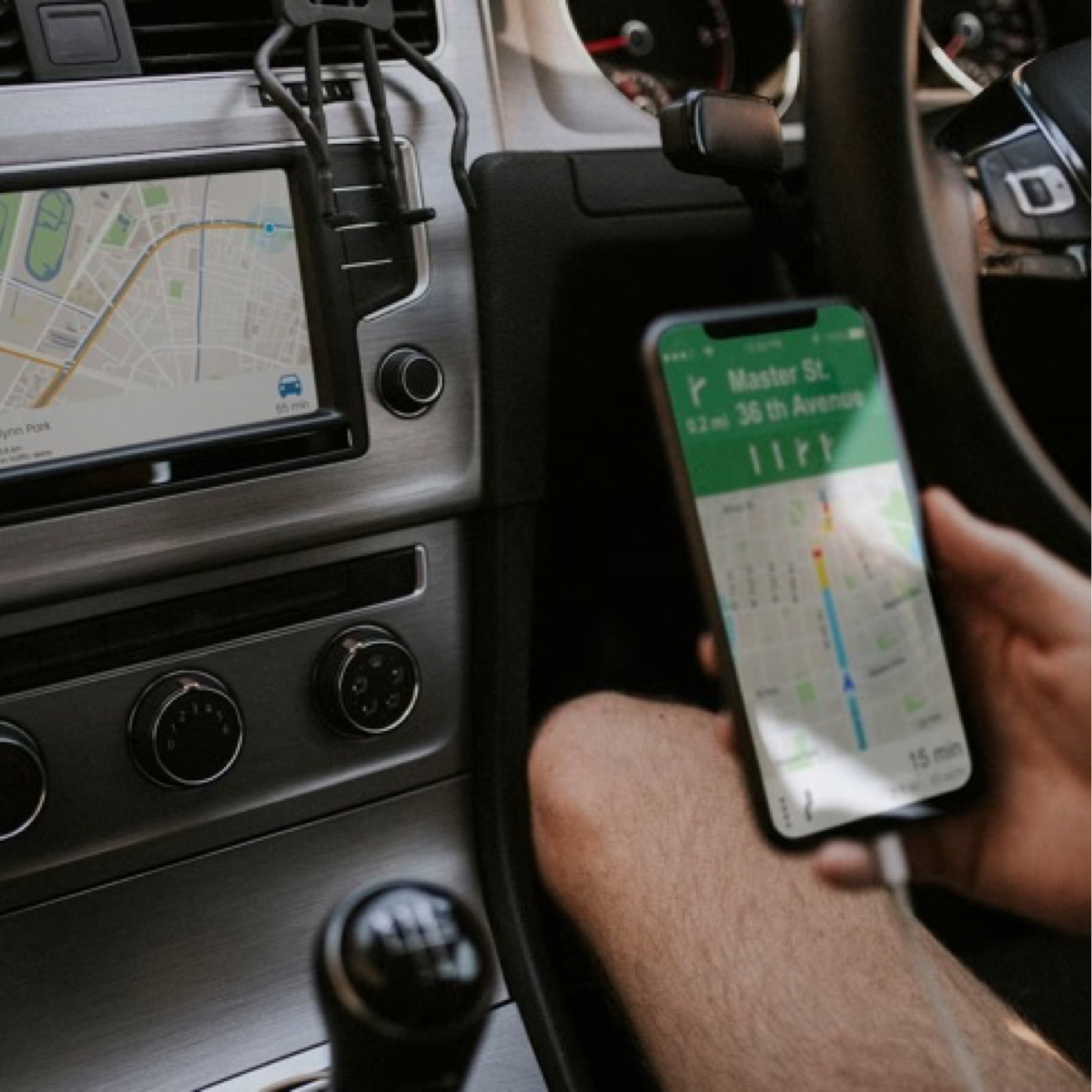
15 Sep Why GPS Location Tracking Drain Battery
Why GPS Location Tracking Drain Battery on Mobile Phones
In today’s world, smartphones have become an essential part of our daily life, helping us navigate our way through unfamiliar locations, providing timely reminders based on our geographical position, and even automating home systems as we arrive or leave. These features often rely on GPS location tracking and geo-fencing technologies. However, many users have noticed that the more they rely on such features, the faster their phone batteries seem to drain. This article delves into the reasons why GPS and geo-fencing are particularly taxing on smartphone batteries.
What Are GPS Location Tracking and Geo-Fencing?
GPS (Global Positioning System) is a satellite-based navigation system that allows devices to determine their approximate location (latitude, longitude, and altitude) anywhere on Earth. Geo-fencing, on the other hand, is a feature that uses the GPS system to create virtual boundaries around a location. When a device enters or exits the defined boundaries, specific software actions can be triggered.
Why GPS Drain the battery on your mobile device?
- High-Frequency Scanning: For a smartphone to locate its position accurately, it needs to be in constant communication with at least three to four GPS satellites. This communication is two-way and happens multiple times per second, requiring a lot of computational power and energy.
- Complex Algorithms: The phone must also process the data it receives to calculate its exact location. This involves complex algorithms, further draining the battery.
- Uploading Location Data: Many location-based services like Google Maps and various social media platforms require your GPS data to function. Sending this data over Wi-Fi or mobile networks consumes additional energy.
- Downloading Map Data: Apps that use your location often need to download map data, which involves additional data transmission, thereby using more battery.
- Visual Information: Using GPS often requires the screen to stay on for extended periods, especially during navigation. The screen is one of the most power-hungry components of a smartphone.
- Assisted GPS and Sensor Data: Modern smartphones use not just GPS but also Wi-Fi, Bluetooth, and even barometric pressure sensors for more accurate location tracking. Each additional sensor increases the computational load on the phone, leading to faster battery drainage.
Both Android and iOS have incorporated various battery-saving strategies, like adaptive battery techniques that limit background location checks, but the fundamental power requirements of GPS and geo-fencing remain high.
Why Does Your Phone Heat Up When GPS is Turned On?
One common issue many users face is that their phones tend to heat up when the GPS is active. This article aims to shed light on why exactly this happens.
Heavy Processing
The Central Processing Unit (CPU) is the heart of your smartphone, responsible for executing tasks and running applications. When you activate GPS, it involves complex calculations to triangulate your precise location by communicating with multiple satellites. This puts a substantial load on the CPU, causing it to work harder and, consequently, produce more heat. Even with dedicated SOCs to handle GPS functionality, these chips also tend to emit heat due to the use of stronger radio signals needed to communicate with the GPS satellites.
Multitasking
Moreover, the CPU is not just running the GPS; it’s also handling other processes in the background. This includes the user interface, any running apps, and various background services like Wi-Fi and mobile data. When you turn on GPS, especially for navigation, these tasks accumulate, causing the CPU to work overtime and heat up.
Data Transmission
Your phone doesn’t just use GPS data for location services. It often complements this with data from Wi-Fi and mobile networks to improve accuracy. Transmitting this additional data over the airwaves consumes extra power and generates heat.
Frequent Handoffs
When you’re on the move, such as driving with GPS navigation enabled, your phone constantly switches between different cell towers for an optimal connection. These frequent handoffs are resource-intensive and contribute to heating.
Display and Graphics
Modern smartphones come with large, high-resolution displays that consume a considerable amount of power. When using GPS, especially for navigation, the screen is often on for extended periods, showing detailed maps and directions. This activity not only drains the battery but also generates additional heat.
Conclusion
GPS location tracking and geo-fencing are essential features that provide a myriad of useful functionalities, from navigation to automation. However, the technology comes at the cost of rapid battery drainage. While improvements are being made to optimize battery usage for these features, understanding the reasons behind the battery drain can help users make informed choices about when to use them.



